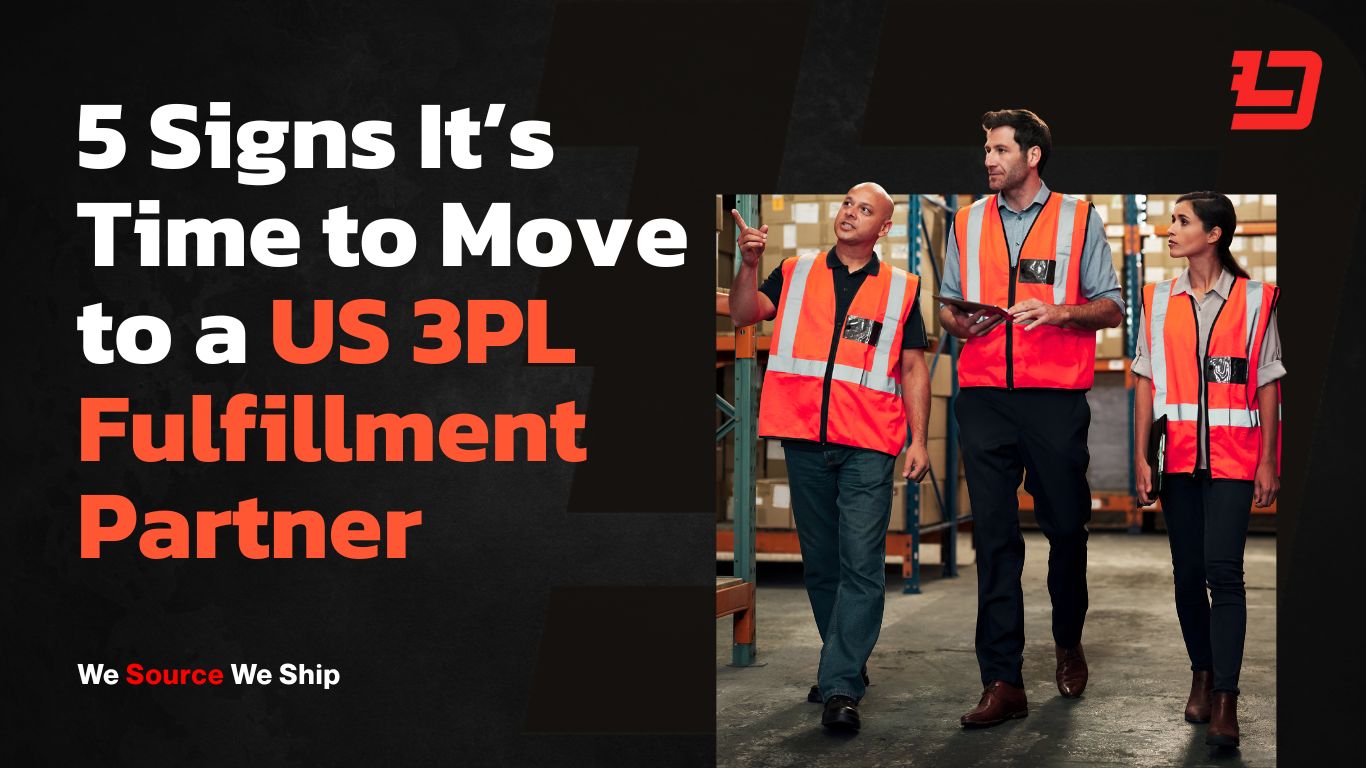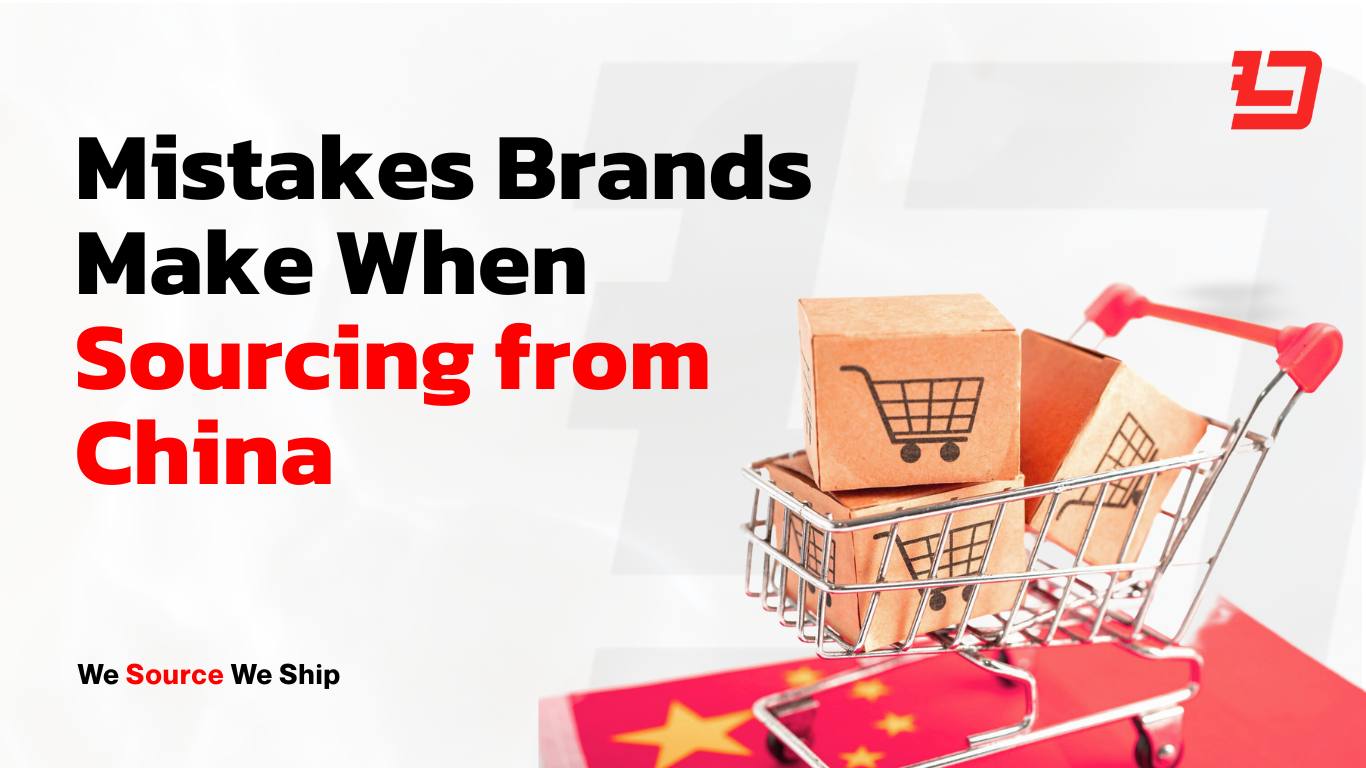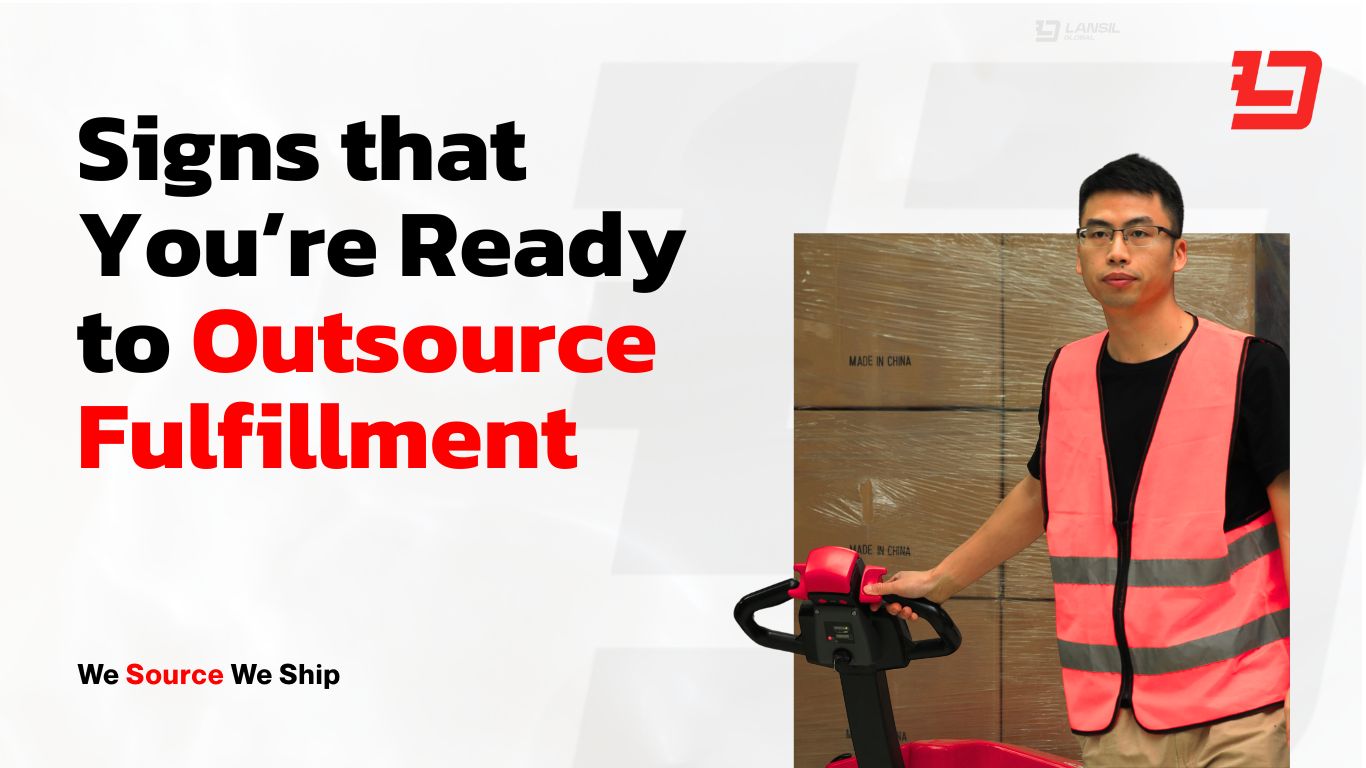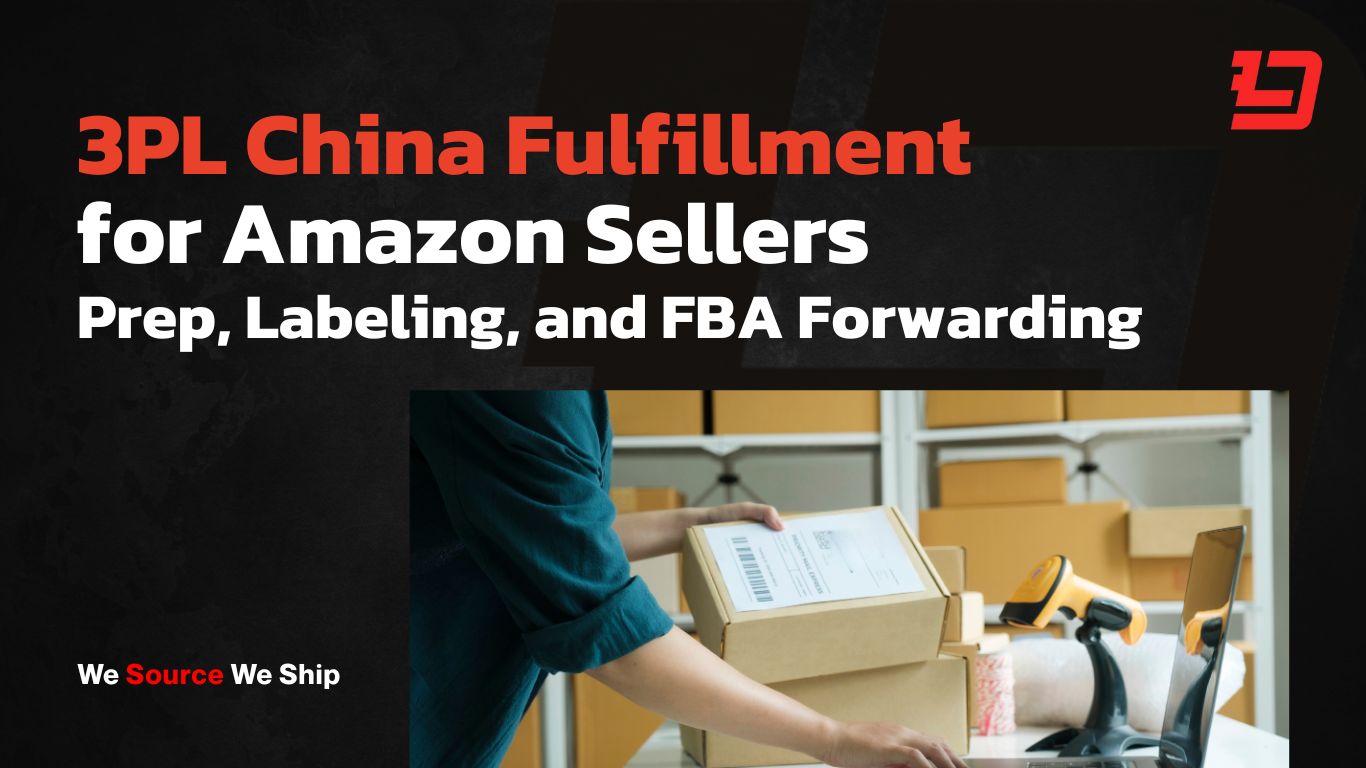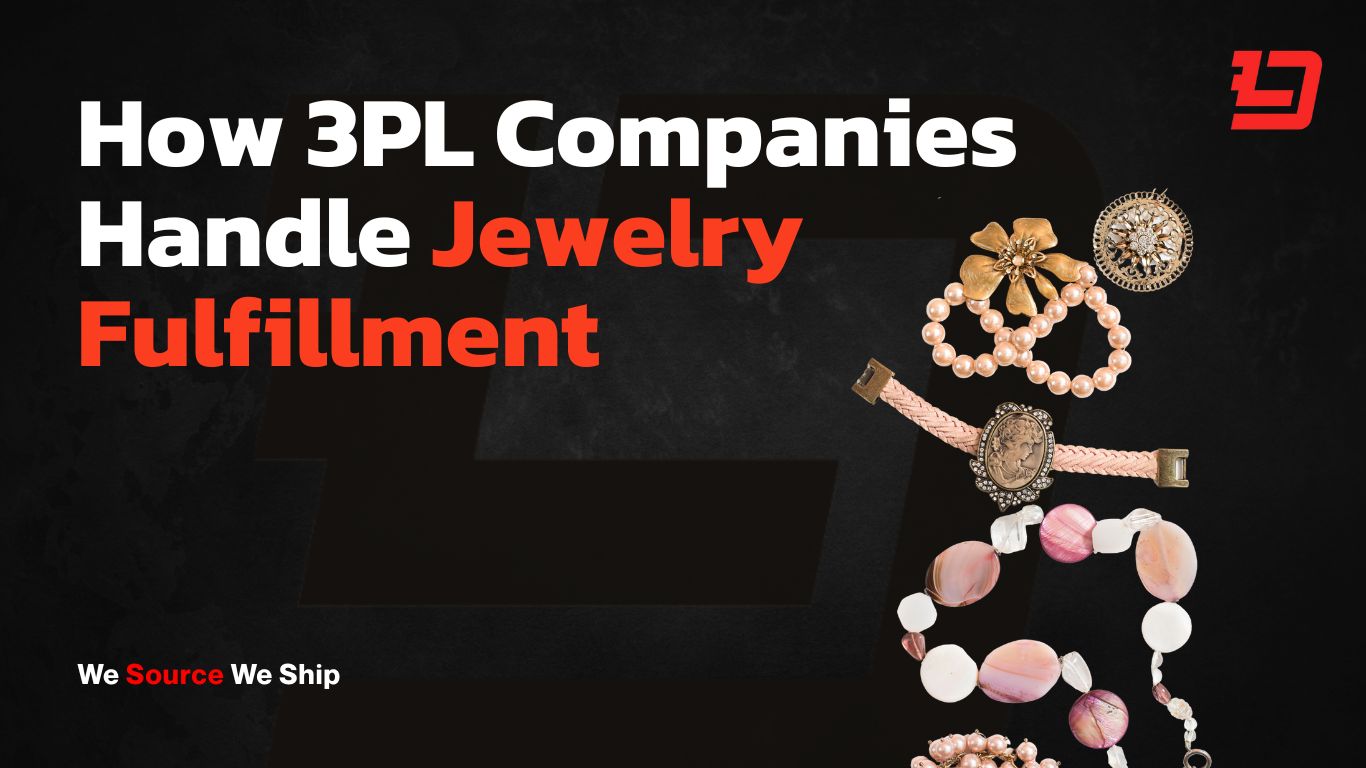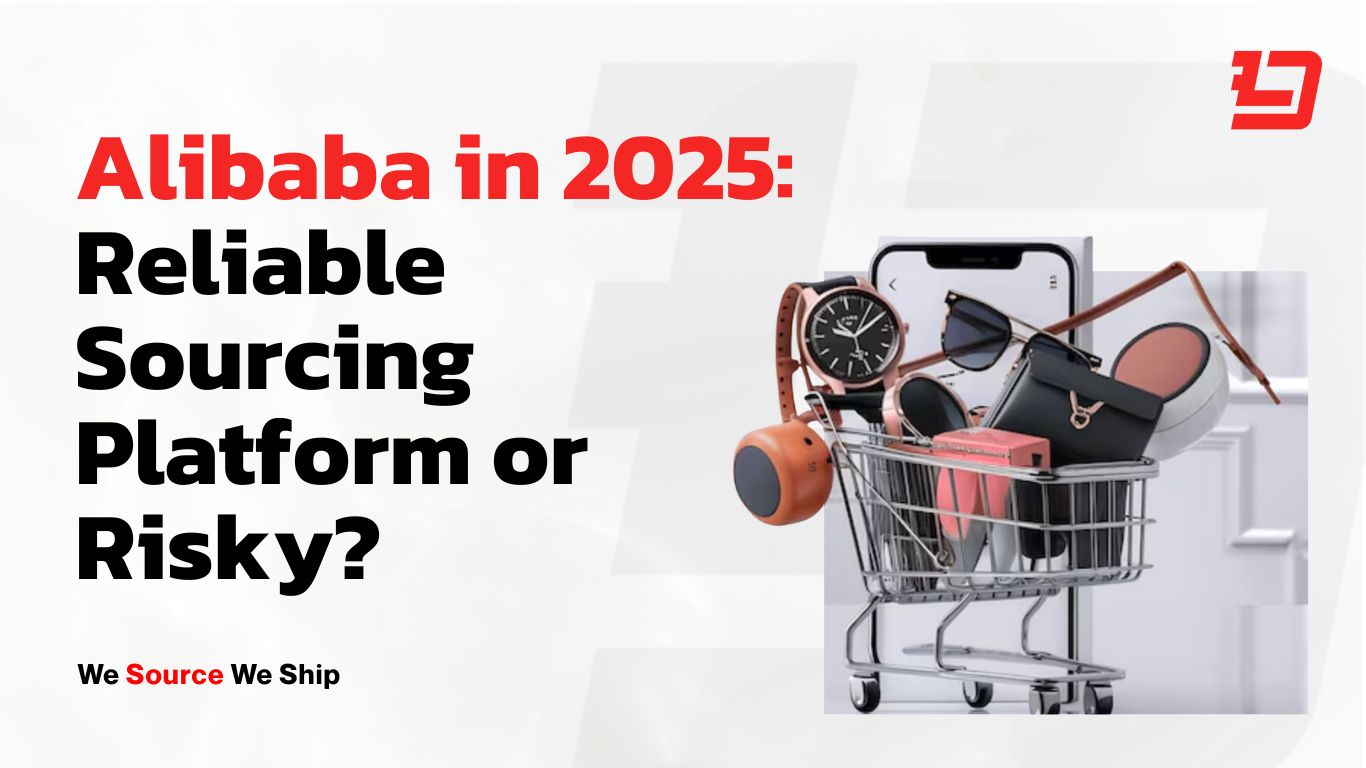Ecommerce brands selling to U.S. customers often struggle with rising shipping costs, delayed deliveries, and complex returns. If you’ve read our guide on U.S. order fulfillment, then you know how critical a strong fulfillment network is for growth. Moving to a U.S. 3PL fulfillment partner isn’t just a logistics upgrade. It can lower costs, protect you from tariff volatility, and deliver a better customer experience.
In 2025, the North American ecommerce fulfillment market is estimated to reach US $35.4 billion, after hitting US $29.7 billion in 2024. Meanwhile, shifting tariff policies have pushed many ecommerce brands to pre-stock inventory in U.S. warehouses so they can dodge customs delays and unpredictable duty charges.
So how do you know when it’s time to make the move? Here are the five signs.
Why Consider a U.S. 3PL Fulfillment Partner?
A U.S. 3PL gives you access to USA warehouses, third party logistics USA, and ecommerce fulfillment USA capabilities. That means you can compete like a local seller in the world’s biggest ecommerce market.
The advantages are clear:
- Faster shipping (2–4 day delivery across most U.S. states)
- Lower shipping costs through carrier discounts and zone-skipping
- Easier returns with domestic processing
- Reduced exposure to customs delays and tariffs
- Scalable storage and fulfillment without upfront investment
5 Signs It’s Time to Move to a U.S. 3PL Fulfillment Partner
1. U.S. order volume is rising but margins are shrinking
When order volume increases, so do the hidden costs: international shipping fees, packaging, returns, and customer service. What looks like growth can actually erode profit margins.
Tip: Track your cost per order across shipping, storage, and returns. If it’s trending upward despite volume growth, you’re missing economies of scale.
Example: A brand shipping 3,000 parcels a month from Asia to the U.S. saw its per-order cost drop by 20 percent after switching to a U.S. fulfillment center that pooled freight with other clients.
2. Delivery times are too long and hurting customer satisfaction
Modern customers expect speed. Amazon set the bar at 2-day delivery, and even smaller brands are held to the same standard. Long shipping times lead to abandoned carts, canceled orders, and negative reviews.
Tip: Compare your delivery speed against competitors in your category. If they ship in 2–4 days while you average 7–10, you’re losing market share.
3. Returns and reverse logistics are overwhelming your team
Cross-border returns are messy. Customers don’t want to ship products back overseas, and brands lose money covering return costs or processing refunds without getting items back.
Tip: Use a U.S. 3PL that offers return inspection, restocking, and re-labeling services. This keeps inventory in circulation instead of writing it off.
Example: A fashion brand cut return processing costs by 30 percent when it started handling returns through its U.S. warehouse rather than paying international postage on every item.
4. You can’t scale warehouse space or staffing quickly enough
Growth is rarely linear. Holiday peaks, product launches, or influencer campaigns can triple demand overnight. If your current setup can’t flex with you, you risk late orders and angry customers.
Tip: Look for a U.S. 3PL with both West Coast and East Coast warehouses. This setup covers 95 percent of the U.S. population within 2–4 days and allows you to split inventory intelligently.
5. Tariff risks and customs delays are slowing you down
Customs inspections, duty changes, and tariff volatility can delay shipments and cut into margins. By staging inventory inside the U.S., you avoid surprises and deliver faster.
Tip: Ship bulk inventory into the U.S. in advance, then fulfill individual orders domestically. This approach avoids repeated customs checks and reduces per-unit costs.
Example: An electronics brand saved 12 percent in landed costs by pre-importing inventory into a bonded U.S. warehouse, deferring duty until products were sold.
If you’re experiencing shrinking margins, slow delivery times, rising return costs, limited warehouse capacity, or tariff risks, those are the five strongest signs it’s time to consider a U.S. 3PL fulfillment partner. The sooner you test, the faster you’ll find out if it makes financial and operational sense for your business.
What to Look for in a U.S. 3PL Provider
Choosing the right partner is critical. Use this quick guide:
| Key Feature | Why It Matters | What to Check |
|---|---|---|
| Warehouse Coverage | Faster shipping nationwide | Multiple warehouses near major markets |
| Service Levels | Accuracy and speed protect your brand | ≥ 99.5% order accuracy |
| Returns Handling | Simplifies customer experience | Local returns, inspection, restock options |
| Tech Integration | Smooth order flow | API connections with Shopify, Amazon, WooCommerce |
| Flexibility | Scale without penalty | Seasonal peaks, no harsh minimums |
| China–U.S. Easy Warehouse | Simplifies cross-border logistics and speeds up U.S. delivery | Seamless transfer from China hub to U.S. warehouses, inventory visibility, and smooth customs clearance |
If you’re facing shrinking margins, slow shipping, costly returns, limited warehouse capacity, or tariff risks, it’s time to consider a U.S. 3PL fulfillment partner. Ignoring these signals can hold back your growth and frustrate your customers.
- Evaluate vendors carefully – Look beyond price. Compare warehouse locations, technology integrations, service-level agreements, and return handling.
- Run a pilot program – Start small by routing 10–20 percent of your U.S. orders through a 3PL. Track KPIs like cost per order, delivery speed, and customer satisfaction.
- Measure results and scale up – If the pilot delivers savings and faster shipping, gradually expand until most U.S. orders are fulfilled domestically.
At Lansil Global, we make this transition smooth. With warehouses on both the East and West Coasts of the U.S., plus a strong hub in Shenzhen, we help ecommerce brands balance speed, cost, and tariff exposure. You’ll get the best of both worlds: efficient China sourcing and manufacturing, combined with 2–4 day U.S. delivery from our domestic warehouses.
If you’re ready to explore how U.S. fulfillment can unlock growth for your brand, contact Lansil Global today. Our team will walk you through setup, run a pilot tailored to your business, and build a logistics plan that scales with you.


